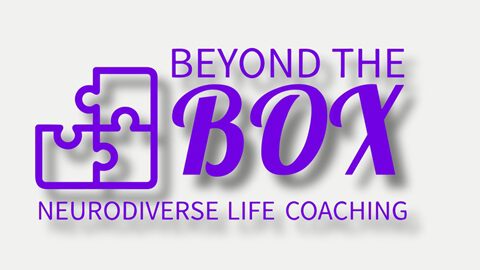Although not officially recognized as a medical term, autistic burnout is becoming increasingly researched and better understood. It is a term used by those with lived experience, referring to the effects of chronic life stress and a mismatch between expectations and abilities without adequate support.
Autistic burnout is characterized by:
-
Prolonged physical and mental exhaustion (typically lasting 3+ months)
-
Increased frequency of repetitive behaviors
-
Difficulty maintaining routine tasks and self-care
-
A noticeable decline in social and communication skills
-
Reduced tolerance to environmental stimuli (e.g., light, noise, even birds chirping)
It’s important to note that autistic burnout differs from a meltdown or shutdown. While meltdowns and shutdowns happen quickly, autistic burnout develops over time and doesn’t end after a short period. Burnout is marked by persistent exhaustion and an inability to cope with sensory input, unlike depressive states, which generally involve pervasive feelings of sadness across all areas of life.
Autistic burnout can occur at any age. In adolescence, it may be triggered by puberty, while in adulthood, various factors can create the perfect storm for burnout. Understanding the specific causes for each individual is essential for creating supportive environments that promote recovery and long-term resilience.
Possible Causes of Autistic Burnout:
-
Masking: Suppressing autistic traits, pretending to be neurotypical, or working excessively to act in a non-autistic way.
-
Unrealistic expectations: Stress from family, school, work, or societal pressures that are difficult or impossible to meet.
-
Environmental stress: Living in a world that is not designed to accommodate autistic people, such as having to endure noisy environments.
-
Life changes and transitions: Stressful life events, such as moving from school to work, experiencing the death of a loved one, or adjusting to a faster-paced lifestyle.
-
Puberty: The onset of puberty can be a significant trigger for autistic burnout.
When experiencing burnout, individuals may struggle to identify the causes or believe that recovery is possible. They may feel as though nothing will produce a positive result, which can lead to:
-
Lack of motivation
-
Loss of speech
-
Increased difficulty with self-care
-
Excessive fatigue or trouble sleeping
-
Heightened sensitivity to sensory stimuli (light, sound, smell)
Recognizing the signs of burnout is critical, whether you are autistic or have an autistic person in your life. Gaining the necessary support, learning how to help oneself, and knowing when and how to implement tools to manage burnout can limit its severity.
Just as I’ve learned to manage my chronic migraines over the years, I’ve developed tools to recover more quickly. Although migraines still occur, with the right strategies, I can recover in just 2–3 hours instead of the 4–5 days it once took. I now use migraines as a signal that my body is tired, and I apply “reset” tools to build long-term resilience.
